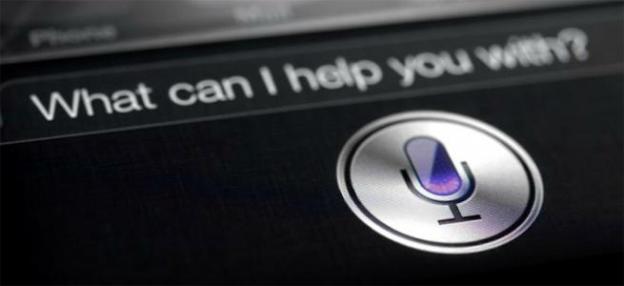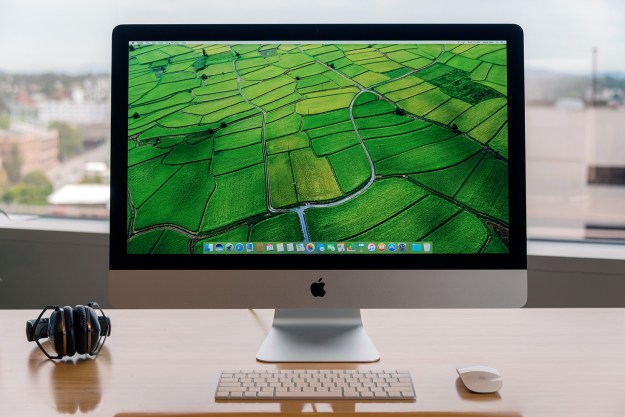
Imagine hearing “What can I help you with?” coming out of your MacBook’s speakers with Siri on the other end ready to help. TechCrunch caught wind of a new job posting on Apple’s site for a “Siri UX Engineer” with experience in Mac OS X and Unix, the underlying platform of the Mac operating system. The job listing has since been removed, though TechCrunch has preserved parts of it. It certainly seems to suggest the Siri is coming to the desktop.
In fact, the job posting made no mention of the platform that made Siri famous: iOS. Instead, it was all about integrating Siri with other programs, as evidenced by this statement: “We take every application that Siri interacts with, distill it down to fundamentals, and implement that application’s UI in a theme fitting with Siri. Consider it an entire miniature OS within the OS, and you get a good idea of the scope!”
This isn’t the first rumbling of Siri coming to Mac OS X that we’ve heard, either. 9to5 Mac first reported that Siri and Apple Maps would make the jump to the big screen in the next version of Mac OS, 10.9. The current version, Mountain Lion (10.8) features dictation, which many point out is the gateway speech translator to Siri. Dictation first appeared on the iPad with iOS 5.1 only to be followed by Siri on iOS 6.0, so it’s not a stretch for Apple to follow the same pattern again.
Just what would Siri do on your desktop? No one knows for sure, but it’ll probably be similar to her iOS abilities at first. Expect Siri to make appointments and reminders for you, play songs from iTunes, and give weather reports. However, the part in the job posting about an OS within an OS makes us hopeful that Siri will gain abilities within Apple’s native programs such as iPhoto and iWork. How cool would it be to have Siri show you all of the photos of your Uncle Bob using iPhoto’s facial recognition capability, or spellcheck your document without having to find the keystroke in Pages?
What would you like Siri to do for you on your MacBook? Let us know.
Editors' Recommendations
- An Apple insider just revealed how iOS 18’s AI features will work
- How Siri helped me out in an almost impossible situation
- iOS 17 could come with these 6 exciting changes
- Own an iPhone, iPad, or MacBook? Install this critical update right now
- Your old iPhone may not get iOS 17 this year, and that’s good


